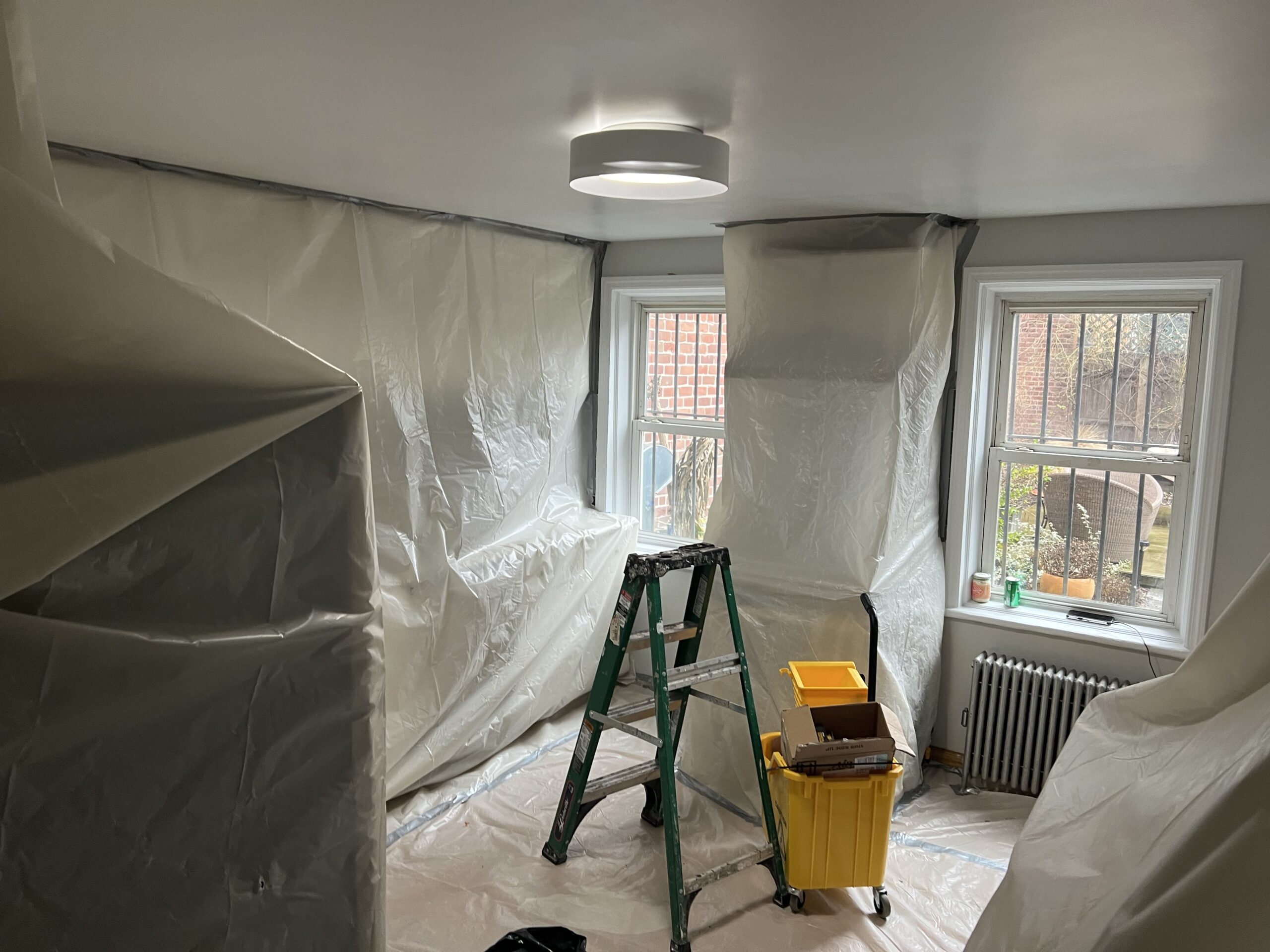Reliable DOH & HPD Lead Violation Removal in NYC-- Safeguard Your Building
Reliable DOH & HPD Lead Violation Removal in NYC-- Safeguard Your Building
Blog Article
Comprehensive Guide on Effective Lead Offense Elimination Strategies
In the realm of ecological safety, resolving lead violations demands a careful and structured technique. This comprehensive guide begins by highlighting the essential initial steps of recognizing lead risks through sophisticated analysis and screening techniques. The guide elaborates on the relevance of adhering to stringent safety and security protocols throughout the removal process, consisting of the usage of appropriate PPE and separating affected areas.
Recognizing Lead Threats
Recognizing lead dangers is an essential initial step in alleviating the risks connected with lead exposure. Lead, a toxic steel, can be existing in different environmental mediums, including paint, dirt, water, and dirt.
The preliminary stage in recognizing lead risks involves recognizing usual lead sources within the constructed environment. Structures developed before 1978 are particularly vulnerable as a result of the prevalent use lead-based paint throughout that duration. Furthermore, dirt contamination can take place from weakening outside paint, industrial emissions, or historical use leaded gas.
Another significant resource is lead piping and pipes components, which can seep lead right into drinking water. Consumer items such as toys, porcelains, and imported products may also consist of dangerous lead levels. Notably, work settings and leisure activities including lead can track contaminants into homes.
Analysis and Testing
When attending to lead risks, efficient evaluation and screening are vital. This essential step makes sure the identification and metrology of lead existence, consequently directing succeeding remediation efforts. First evaluation normally entails an aesthetic assessment to identify possible lead sources, such as weakening paint or polluted dust. This is matched by even more rigorous screening approaches to determine the level of contamination.

Dust wipe sampling is one more essential technique, particularly in household settings. By collecting samples from floors, windowsills, and other surface areas, this technique gives insights into possible exposure threats. Soil testing around structure boundaries is vital to spot lead contamination that might position hazards, particularly to youngsters.
Safe Removal Procedures
Upon completing detailed evaluation and screening, executing risk-free elimination treatments is the next vital phase in resolving lead risks. This procedure ensures that look these up lead-contaminated products are effectively and securely eliminated, reducing danger to both workers and locals. The very first action involves separating the afflicted area utilizing plastic sheet and appropriate securing techniques to avoid the spread of lead dirt.
Employees should put on ideal personal protective tools (PPE), consisting of respirators, gloves, and disposable coveralls, to alleviate exposure. Using specialized tools and damp approaches, such as wet fining sand or making use of HEPA-filtered vacuums, minimizes the diffusion of lead particles. It is crucial to stay clear of completely dry sanding or rough blasting, as these techniques can generate hazardous lead dust.
Garbage disposal is another vital part; all polluted products need to be securely gotten and classified according to EPA and neighborhood guidelines. Furthermore, comprehensive cleaning of the work location with HEPA vacuums and damp cleaning makes sure the elimination of residual lead fragments.
Post-Removal Verification

Confirmation of successful lead removal, recognized as post-removal verification, is critical to ensure the safety and habitability of the remediated area. This assessment ensures that all known sources of lead have been dealt with and that no visible indications of contamination remain.
Following the visual inspection, ecological tasting is performed. This entails collecting dirt, dirt, and in some cases water examples from the remediated location. Recognized labs assess these examples to gauge lead degrees, ensuring they fall below the security thresholds developed by regulative bodies such as the Epa (EPA)
Furthermore, air quality screening might be performed to discover airborne lead particles, especially in cases where substantial lead-based paint elimination or renovation has occurred. The outcomes of these examinations offer measurable data validating that the lead levels are within acceptable restrictions.
Eventually, post-removal verification offers as an essential checkpoint, verifying the performance of the lead abatement efforts and securing the health and wellness of owners and visitors.
Safety Nets and Upkeep

A key preventive action includes using lead-safe licensed contractors for any improvement, repair work, or paint tasks. These experts are educated in practices that lessen lead dirt and debris. Furthermore, keeping coloured surfaces to avoid breaking or peeling is vital, as deteriorating paint can release lead bits into the atmosphere.
Educational initiatives targeting homeowner and lessees concerning the risks of lead and the value of reporting any kind of potential hazards can better enhance precautionary efforts. Regular cleaning using HEPA vacuum cleaners and damp wiping techniques can dramatically minimize lead dust build-up.
Verdict
In summary, efficient lead infraction elimination necessitates a careful method including detailed analysis, exact screening, and strict removal procedures. Ensuring security with proper seclusion and personal safety equipment remains extremely important. Post-removal verification through ecological tasting and air top quality screening validates compliance with recognized safety standards. Continuous evaluations and upkeep are necessary to alleviate future lead risks, thereby guarding public health and wellness and guaranteeing continual compliance with regulatory needs.
Report this page